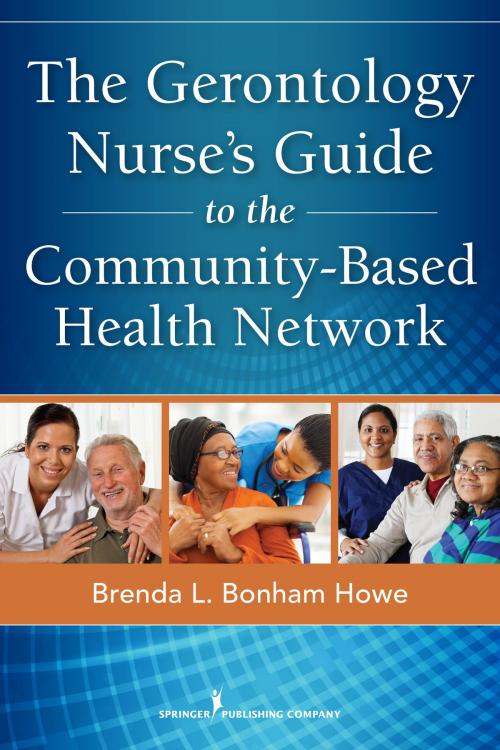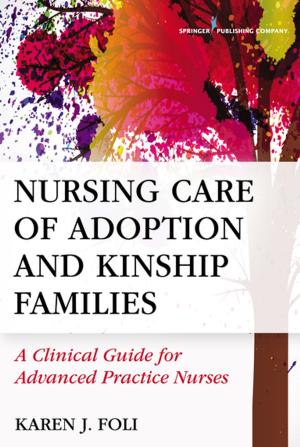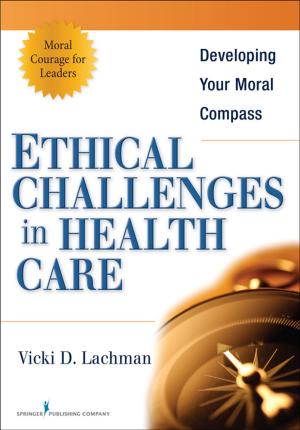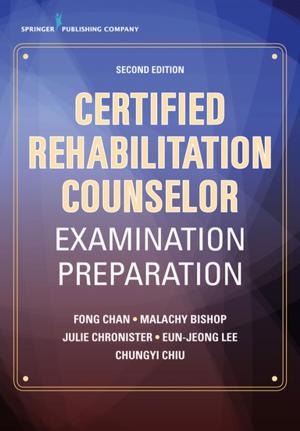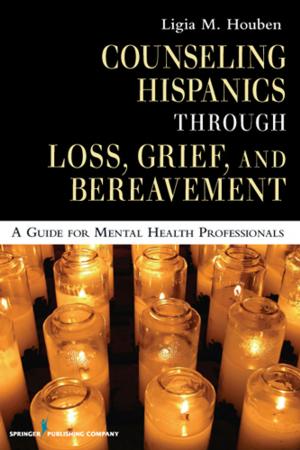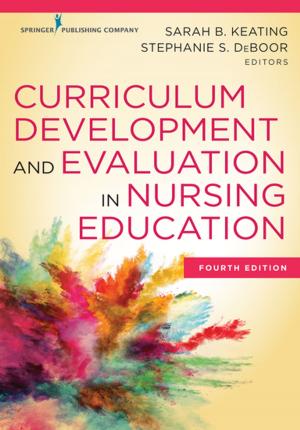The Gerontology Nurse's Guide to the Community-Based Health Network
Nonfiction, Health & Well Being, Medical, Nursing, Nursing Home Care, Gerontology, Home & Community Care| Author: | Brenda L. Bonham Howe, MSN, RN, BSLS | ISBN: | 9780826127020 |
| Publisher: | Springer Publishing Company | Publication: | October 29, 2014 |
| Imprint: | Springer Publishing Company | Language: | English |
| Author: | Brenda L. Bonham Howe, MSN, RN, BSLS |
| ISBN: | 9780826127020 |
| Publisher: | Springer Publishing Company |
| Publication: | October 29, 2014 |
| Imprint: | Springer Publishing Company |
| Language: | English |
This is a timely and vital resource for new and seasoned gerontology nurses responsible for coordinating care and advocacy for their patients as health care shifts from hospital-based to community-based care. Comprehensive and organized for quick access to information, this clinical guide encompasses the broad network of community health resources available and describes how to access them on behalf of geriatric patients and clients. It provides an overview of growing old in the United States and discusses cultural and socioeconomic considerations, common conditions and morbidities affecting older adults, and the wide variety of community resources available to address these concerns.
The book provides the critical information gerontology nurses need to synthesize the health conditions affecting older adults with education about and access to vital community-based services. It discusses health delivery in regard to cultural diversity, the physical and psychological changes of aging and how to adapt to them, and different types of community-based health options including home health services, independent and assisted living, long-term care, and hospice and palliative care. Woven throughout are the themes of empowerment and advocacy for the nurse, patient, and family. Included in each chapter are abundant tools and resources that can be quickly referenced, and there is an emphasis on patient advocacy and teaching throughout. The book is also a supportive resource for nursing education programs and for nurses in mentorship roles in hospital or primary clinical practice settings.
Key Features:
- Encompasses the broad network of community health resources available to older adults
- Provides easy access to informational websites, tools, and resources
- Addresses the physical and psychological changes of aging
- Focuses on advocacy and empowerment
- Serves as a comprehensive resource for new and seasoned gerontology nurses, educators, and mentors
This is a timely and vital resource for new and seasoned gerontology nurses responsible for coordinating care and advocacy for their patients as health care shifts from hospital-based to community-based care. Comprehensive and organized for quick access to information, this clinical guide encompasses the broad network of community health resources available and describes how to access them on behalf of geriatric patients and clients. It provides an overview of growing old in the United States and discusses cultural and socioeconomic considerations, common conditions and morbidities affecting older adults, and the wide variety of community resources available to address these concerns.
The book provides the critical information gerontology nurses need to synthesize the health conditions affecting older adults with education about and access to vital community-based services. It discusses health delivery in regard to cultural diversity, the physical and psychological changes of aging and how to adapt to them, and different types of community-based health options including home health services, independent and assisted living, long-term care, and hospice and palliative care. Woven throughout are the themes of empowerment and advocacy for the nurse, patient, and family. Included in each chapter are abundant tools and resources that can be quickly referenced, and there is an emphasis on patient advocacy and teaching throughout. The book is also a supportive resource for nursing education programs and for nurses in mentorship roles in hospital or primary clinical practice settings.
Key Features:
- Encompasses the broad network of community health resources available to older adults
- Provides easy access to informational websites, tools, and resources
- Addresses the physical and psychological changes of aging
- Focuses on advocacy and empowerment
- Serves as a comprehensive resource for new and seasoned gerontology nurses, educators, and mentors
